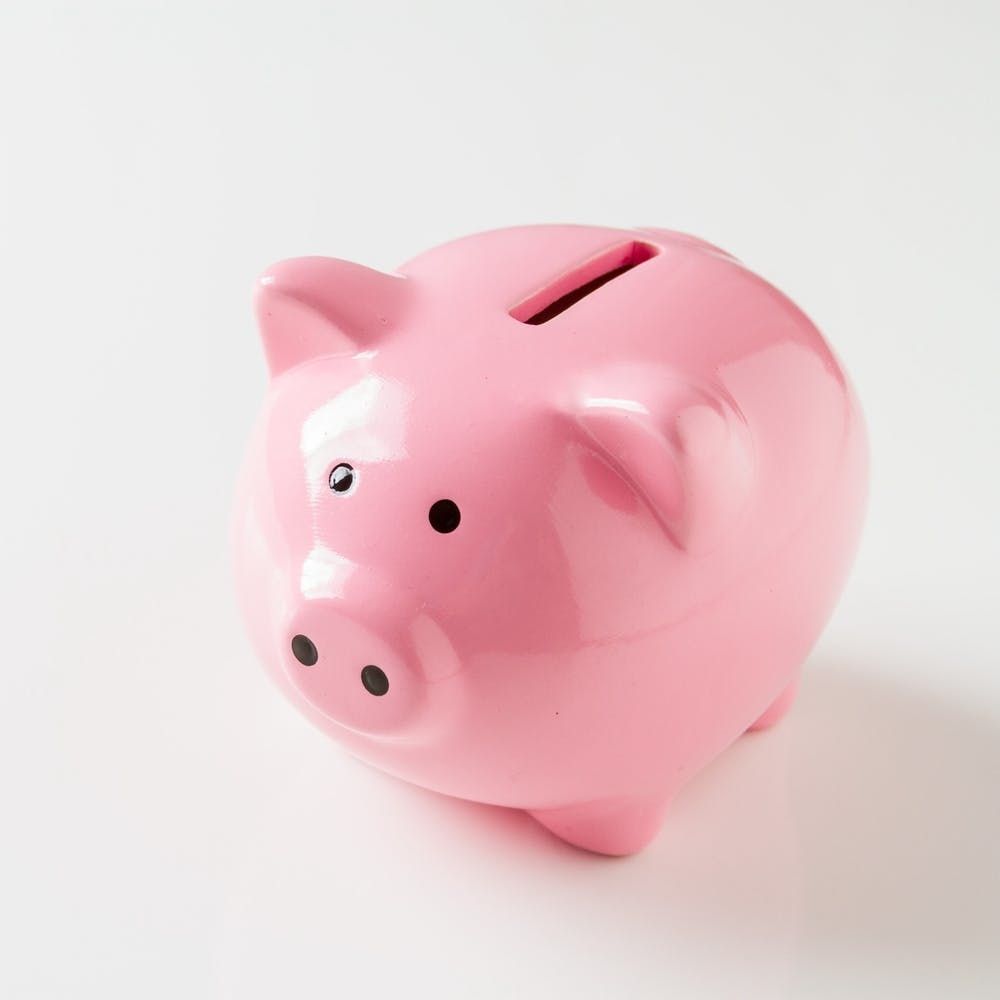Budgeting can be a serious challenge for even the most cost-conscious among us. No matter how many budget notebooks you use or savings hacks you implement, the bottom line is that the near-constant mental calculations that come into play when you’re working hard at managing your day-to-day expenses are straight up exhausting. If you feel like the men in your life have fewer budgeting concerns, you might not be wrong — not because they’re naturally better with a budget, but because they probably have fewer expenses to worry about in the first place. Enter the so-called “pink tax,” the phenomenon that products targeted toward female consumers are priced higher than similar products targeted at a male audience.

According to Lindsay Sakraida — director of content marketing for DealNews — women across the board pay about seven percent more for female-advertised products compared to their male counterparts. The pink tax is not, however, created equal across product categories. Women might pay as much as 13 percent more than men for personal care products and a shocking 48 percent more than men for hair products.
“While there are areas where men might spend more than women, like in dating, the cost of daily maintenance is a long-standing routine that is relevant for much longer,” Sakraida tells us. “Over the course of their life, a woman could spend thousands more than a male counterpart because of this discrepancy.”
Women also have unique health needs that can require pricey purchases (tampons, etc.), as well as a different set of cultural pressures around hygiene, appearance, and style. While many of these purchases aren’t necessarily required, they have certainly contributed to the growth of the pink tax.
“There are expectations for women in terms of personal grooming and style of dress that don’t apply to men, or are significantly simpler,” Sakraida says. “While not all women strive to adhere to these standards, many feel that they are penalized socially and professionally if they don’t meet the aesthetic expectations of others. That means spending more on hair and skincare, beauty products, clothing, and accessories.”
Per Sakraida, the pink tax has been an issue for decades, thanks largely to a marketing and advertising culture that’s long targeted the female population’s insecurities. By selling personal care products as the best, only, or easiest remedy for so-called “flaws,” companies encourage shoppers to make more emotionally-driven purchases, often at a higher price point than they normally would. For years, these corporate strategies have slowly shaped consumer culture for women, adding to the costs in the process.
Given how entrenched the pink tax is in our lives at this point, it will probably take years for the price discrepancies between men and women to truly equalize. But in the meantime, here are a few of Sakraida’s tips for shopping smarter and helping your budget:
- Focus on active ingredients. Before buying skincare and hair products, find out what active ingredients are in your go-to brands. According to Sakraida, the only differences between a version for men and a version for women are often in the packaging, advertising, and scents. You might not want to buy something with an overly masculine scent, but if you know what active ingredients to look for, you may be able to score an unscented or off-brand version of a product at a huge discount. As long as the same basic ingredients are present, these products should function the same way as the “female-specific” ones you usually buy.
- Don’t fall for marketing. Look away from the clever commercials (and the ones with the cute puppies too). “Often, female products indulge deeply in messaging that has little to do with the product at hand, whether it’s in the style of the packaging or the vague statements about how it will make you feel,” Sakraida says. “If you can focus instead on the ingredients you know you need, you can avoid the worst culprits for this messaging, which often comes at a hefty cost.”
- Opt for generic. The beauty of buying generic items is that your money isn’t being spent on branding or advertising. Chip away at that pink tax by going generic when you can.
- Maximize your wardrobe. We totally understand the pressures that women feel to look fresh every day, but you can play down the effects of the pink tax in your closet by opting for basic staples that can easily be mixed and matched (e.g., try a capsule wardrobe).
It’s hard to imagine a world in which the average man has to spend as much as the average woman on skincare, health care, hair products, and accessories, but by understanding how the pink tax actually works, learning to be smarter consumers, and incorporating some of these savvy shopping tips into our own routines, we can slowly work toward leveling out that all-too-annoying discrepancy.
What do you think of the pink tax? Tweet us your tips @BritandCo.
(Photo via Getty)


